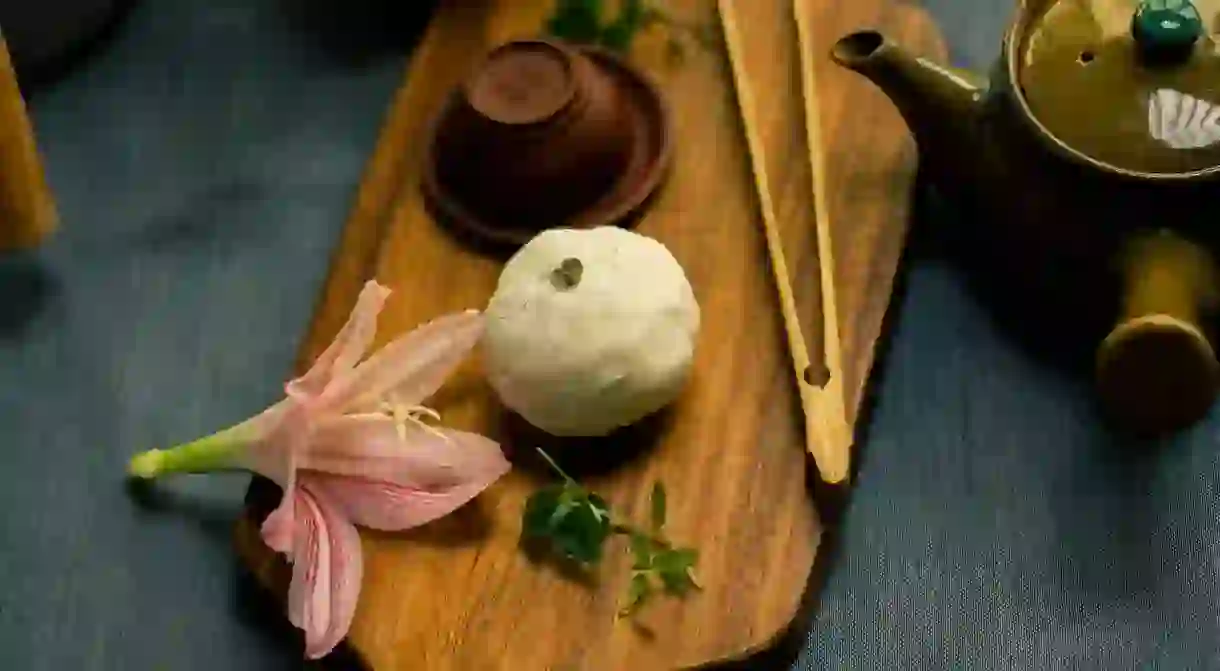Mochi: The Deadly Japanese Snack

Japan is a nation of incredible food, and it’s also home to some of the more ‘interesting’ dishes in the world. Just pop into your local conveyor belt sushi joint and chances are you’ll see some rather ‘out-there’ options such as basashi which is actually horsemeat and shirako, aka fish sperm, interspersed among plates of tuna and shrimp. Lots of brave travellers make their way to Japan to try some of the country’s more ambitious dishes. Typically fugu, which is a highly toxic puffer fish, has garnered the reputation for being a dangerous dish. It’s fair enough, as people have died from eating it, but Japan’s most dangerous food is a lot more unassuming and incredibly common.
Unlike fugu which has to be specifically hunted out, the nation’s most dangerous dish is so ubiquitous, there are likely to be at least 10-20 versions of it in your nearest konbini (convenience store) – it’s mochi. Mochi is so life-threatening that Japanese authorities have to issue yearly warnings to the population on how not to die from eating it.
Did you know – Culture Trip now does bookable, small-group trips? Pick from authentic, immersive Epic Trips, compact and action-packed Mini Trips and sparkling, expansive Sailing Trips.
What is mochi?

Also known as a ‘rice cake’, mochi is a super-chewy, traditional Japanese snack, made from an ingredient known as mochigome which is a short-grain glutinous rice. Texture-wise it’s difficult to explain if you haven’t yet tried it, but essentially it’s a gooey combination of rice and dough.
By itself, mochi is relatively flavourless, but when mixed with other ingredients such as sugar and anko (sweet red bean paste), it becomes a delicious and rather delicate treat. It’s also eaten in savoury dishes too; the most famous of which is ozouni, a special vegetable-based soup usually eaten during the New Year’s holiday.
The production of mochi is something that’s been passed down through the centuries. The technique usually consists of pounding the special short-grain rice (either manually or by machine), until it becomes like a gelatinous ball. Though the date of the original creation of mochi is hard to pin down, archaeologists have discovered mochi-making tools that date all the way back to the Kofun Period (250 to 538 AD).
When is it eaten?
Mochi is a staple in supermarkets, konbini and pantries in Japan, but there are different ‘mochi seasons’. Traditional Japanese days of significance and holidays often feature their own unique type of mochi. During spring sakura (cherry blossom) mochi is popular, while Children’s Day in May is typically celebrated by eating kashiwamochi; an oak-leaf wrapped mochi typically filled with sweet beans or white miso.

The most popular time for eating mochi is during the New Year period, which is one of the most significant holidays on the Japanese calendar. This comes with its own set of meals, and mochi is one of the stars. Traditionally, it’s been said that the long stretchy texture of the cake represents long life and wellbeing, which is somewhat sadly ironic given its high fatality rate.
How dangerous is mochi?
So far, the 2018 New Year holiday season has seen two reported mochi-related deaths, seven others in a serious condition and 15 hospitalisations already. Thanks to the ridiculously sticky nature of the snack, mochi injuries are usually caused by choking and suffocation. Children and the elderly are particularly susceptible, but it’s the older folk that suffer the most. According to the Asahi Shimbun newspaper, over the past five years, those over the age of 65 have made up 90% of emergency trips to hospital.
Each year, the Tokyo Fire Department officials and other authorities release statements and warnings encouraging people cut the mochi up into small pieces and chew slowly and carefully before swallowing. They also suggest families keep a close watch on the youngest and oldest members to make sure they’re following mochi-munching procedure.
If someone is choking on mochi, it’s said that you should turn the victim face down and pat hard on their back to try and dislodge the cake from the throat. Other more radical methods have been used before, including one woman who used a domestic vacuum cleaner to suck the rice ball out of her 70-year-old father’s throat back in 2001. Though the vacuum method did save the man’s life, it has been advised against by Japanese health officials who warn it could do unknown damage to internal organs. Please stay safe in 2018!













